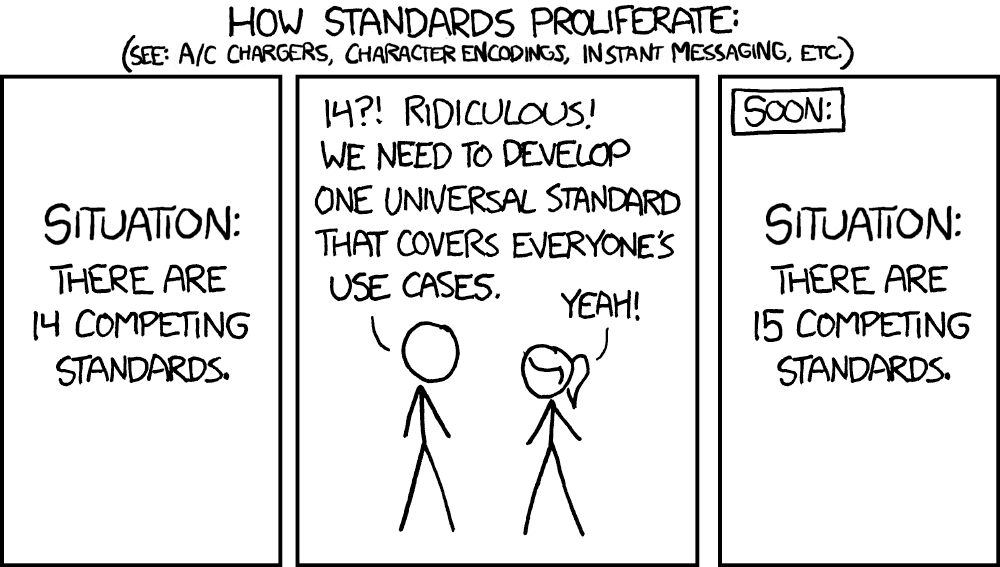BeardSpike
Member
So even if its based on older Ubuntu version it works pretty well I guess. Maybe I jumped the gun. Stability is more important, I guess.I use Pop OS on my AMD htpc that i use for emulation and light steam games, but still keep my main gaming rig on windows. Pop OS has been great. Havent had to do anything to jump in and play games.
Might be good news for Magister.
Will Pop_OS work on a computer with Nvidia GPU (GTX 1650 Laptop GPU)? I'm planning to turn my old laptop into a Linux one when I buy a new one and since it is a gaming laptop, will I have any disadvantages using Proton and all the other fun stuff if I have Nvidia GPU?
I also tried Virtual machine (VirtualBox) today. What a terrible experience, Youtube is lagging, choppy audio, etc. And I allocated 4GB ram (max recommended amount) for Lubuntu, one of the most lightweight distros ever.
Last edited:





